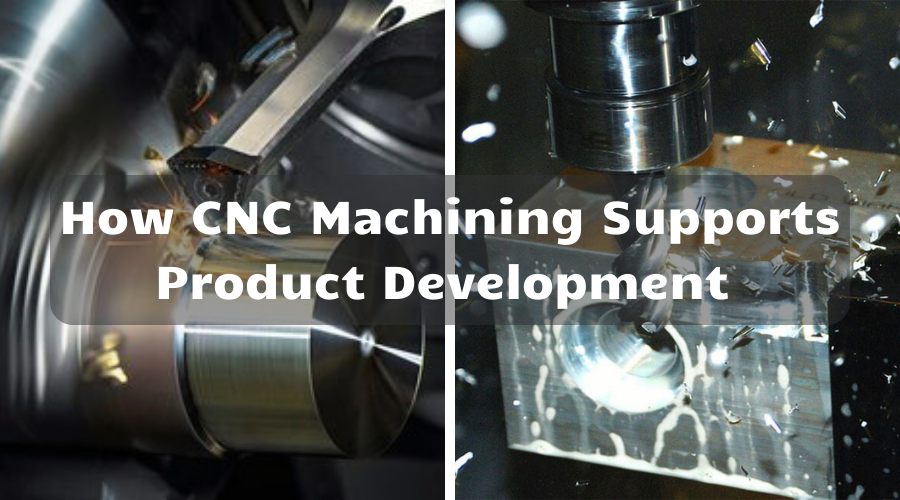In the realm of product development, the journey from concept to market-ready creation is laden with challenges and complexities. One indispensable ally in this journey is CNC machining, a technology that has revolutionized the way prototypes are created and products are manufactured. From the initial stages of prototyping to the final steps of mass production, CNC machining plays a pivotal role in shaping ideas into tangible realities.

Prototyping stands as the crucial first step in product development, where concepts are transformed into physical models for evaluation and refinement. Traditional prototyping methods often involved time-consuming processes and limitations in precision. However, with the advent of CNC machining, this landscape underwent a remarkable transformation. CNC machines, driven by conputer0aided design (CAD) software, can fabricate prototypes with unparalleled accuracy and intricacy. This capability empowers designers and engineers to iterate rapidly, test various design iterations, and refine their concepts with confidence.
The benefits of CNC machining extend far beyond prototyping; they seamlessly transition into the realm of production. Once a prototype undergoes thorough testing and refinement, the focus shifts towards scaling up production while maintaining consistency and precision. CNC machining excels in this aspect by offering scalable manufacturing solutions tailored to meet the demands of mass production. Whether it’s producing hundreds or thousands of units, CNC machines ensure uniformity and quality across the production line.
One of the key advantages of CNC machining in production is its versatility across a wide range of materials. Whether it’s metals, plastics, or composites, CNC machines can accommodate diverse material requirements with ease. This flexibility enables manufacturers to explore innovative designs and materials without compromising on quality or efficiency. Moreover, CNC machining allows for complex geometries and intricate details that traditional manufacturing methods struggle to achieve, opening up new avenues for product innovation and differentiation.
Another critical aspect where CNC machining shines is its efficiency and cost-effectiveness. By automating the manufacturing process and minimizing material wastage, CNC machining streamlines production workflows and reduces overall production costs. Additionally, the precision and repeatability offered by CNC machines translate into fewer defects and rework, further optimizing resource utilization and enhancing profitability.
Furthermore. CNC machining offers agility and adaptability in responding to evolving market demands. In today’s fast-paced business environment, the ability to quickly adjust production volumes, customize products, and introduce new design is paramount. CNC machining empowers manufacturers to stay agile and responsive, ensuring they can meet changing customer preferences and market trends with minimal lead times.
Conclusion
In conclusion, CNC machining serves as a cornerstone in the product development journey, bridging the gap between prototyping and production with precision, efficiency, and versatility. From transforming conceptual ideas into tangible prototypes to facilitating scalable mass production, CNC machining empowers manufacturers to innovate, iterate, and bring their visions to life. As technology continues to advance and industries evolve, CNC machining remains at the forefront of driving innovation and shaping the future of product development.
-q4gvl4k29y4hq8j9rjpapvj0ft06fje63olt7p210i.png)

